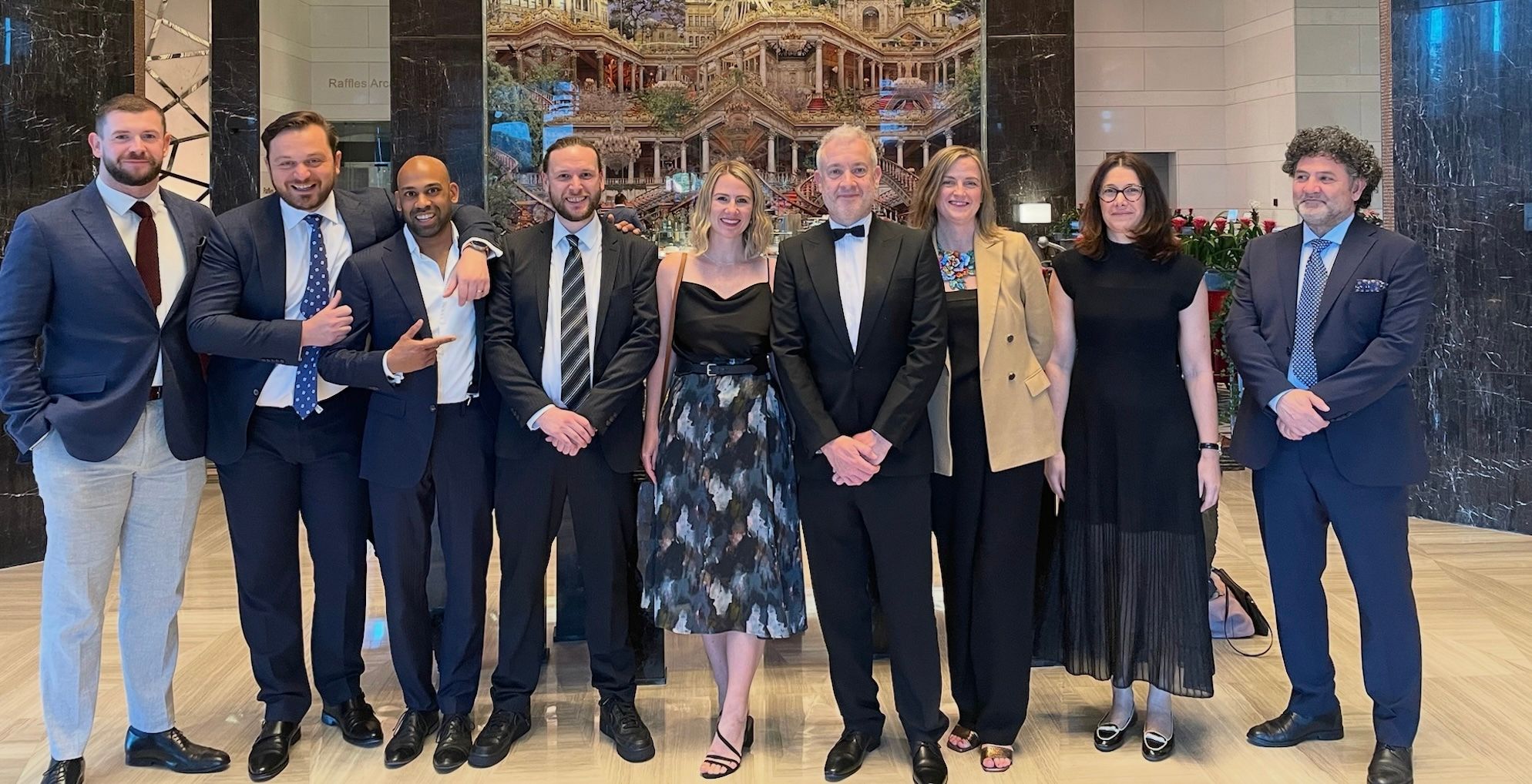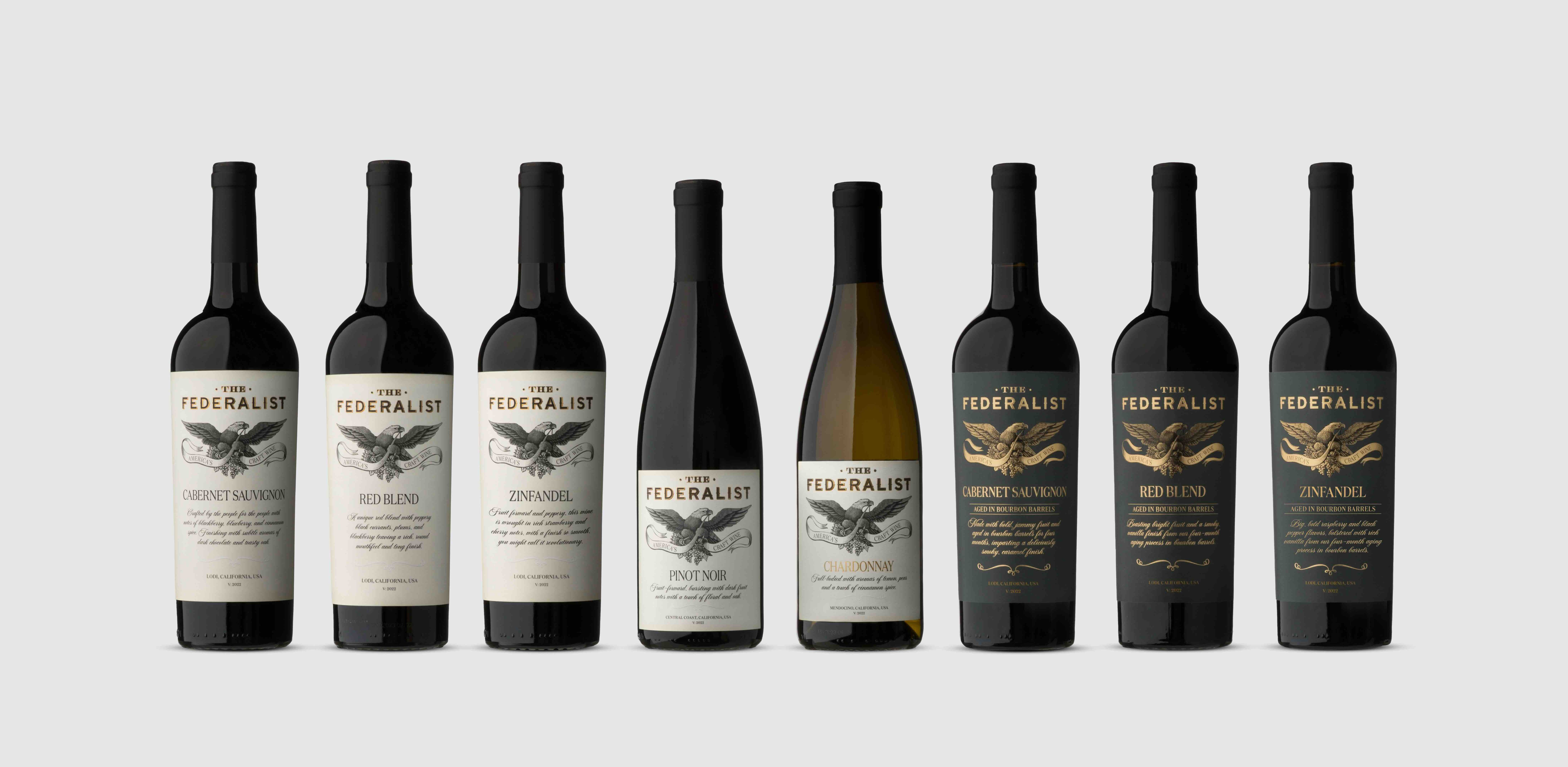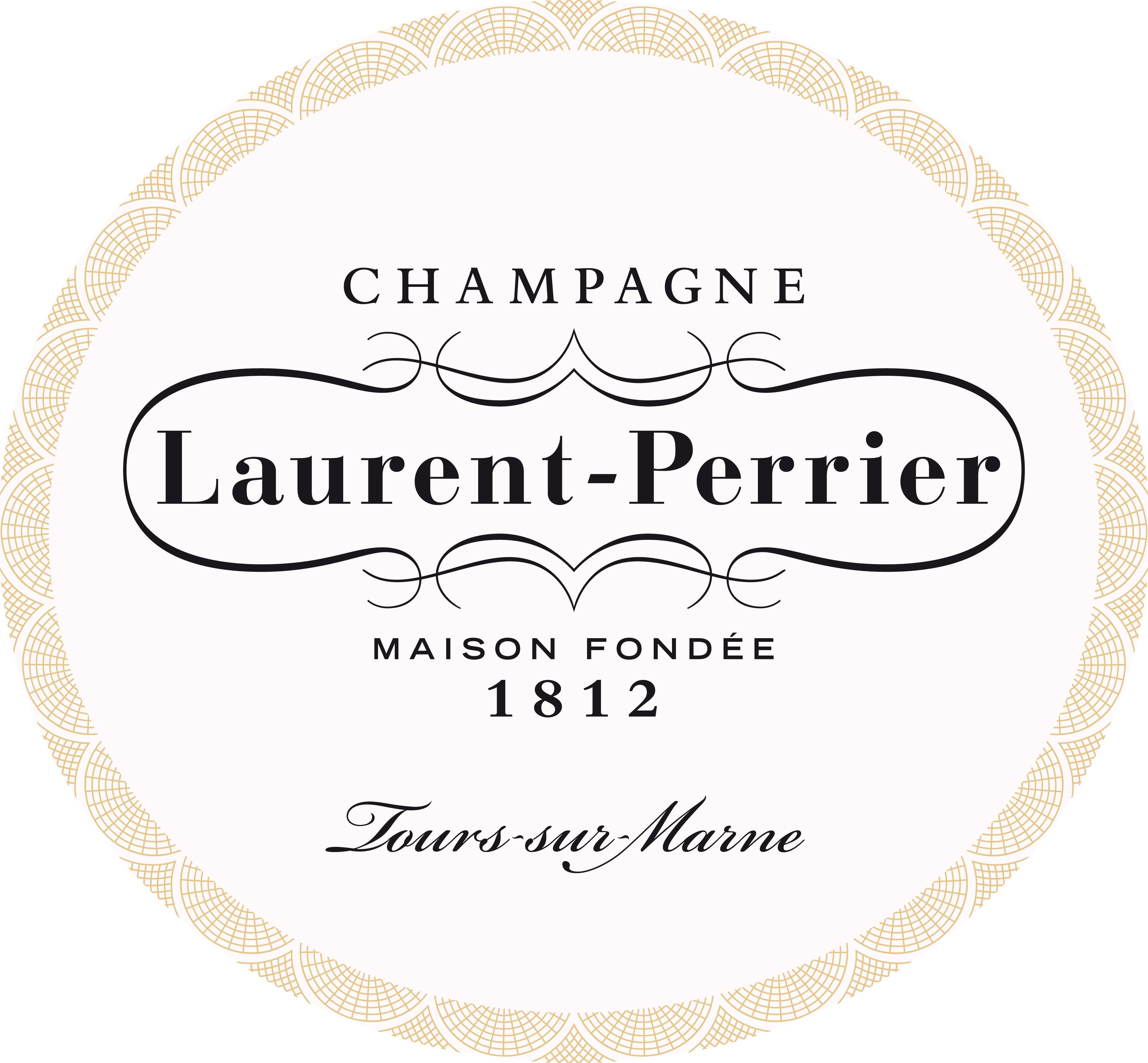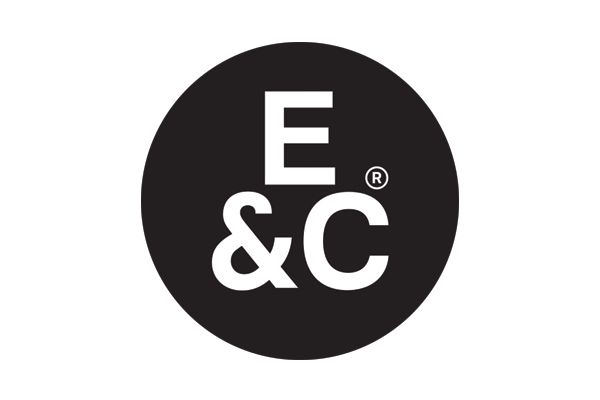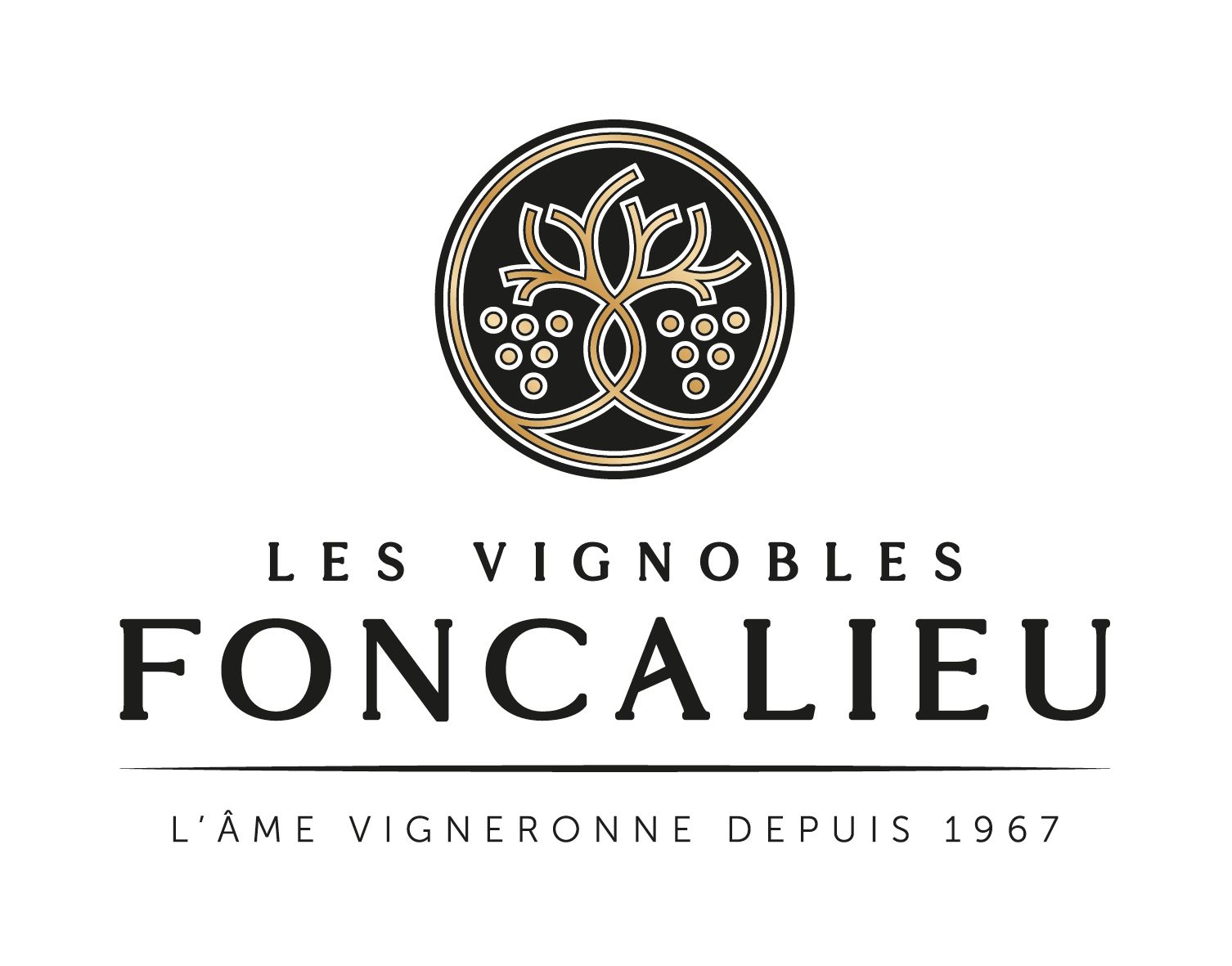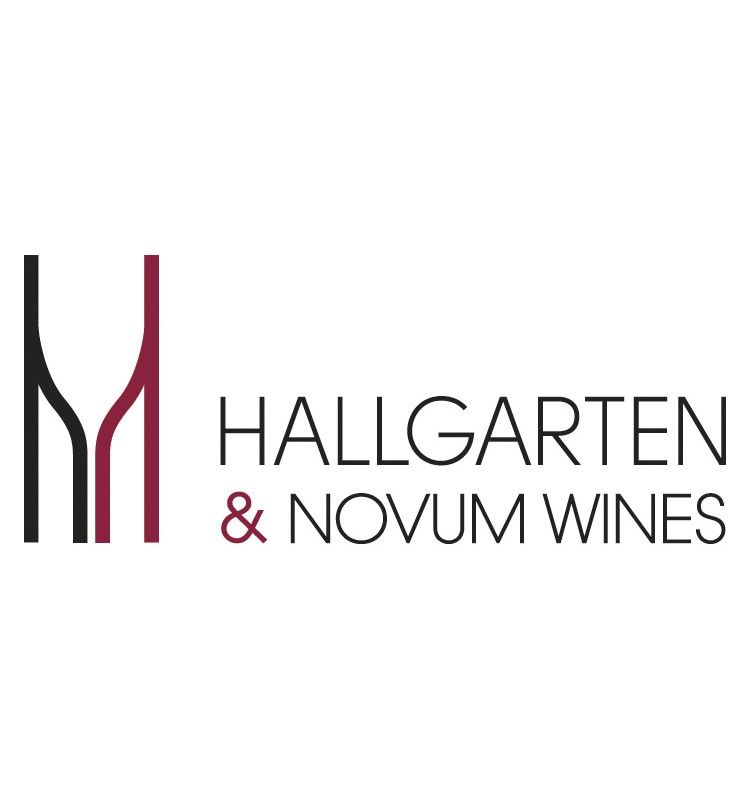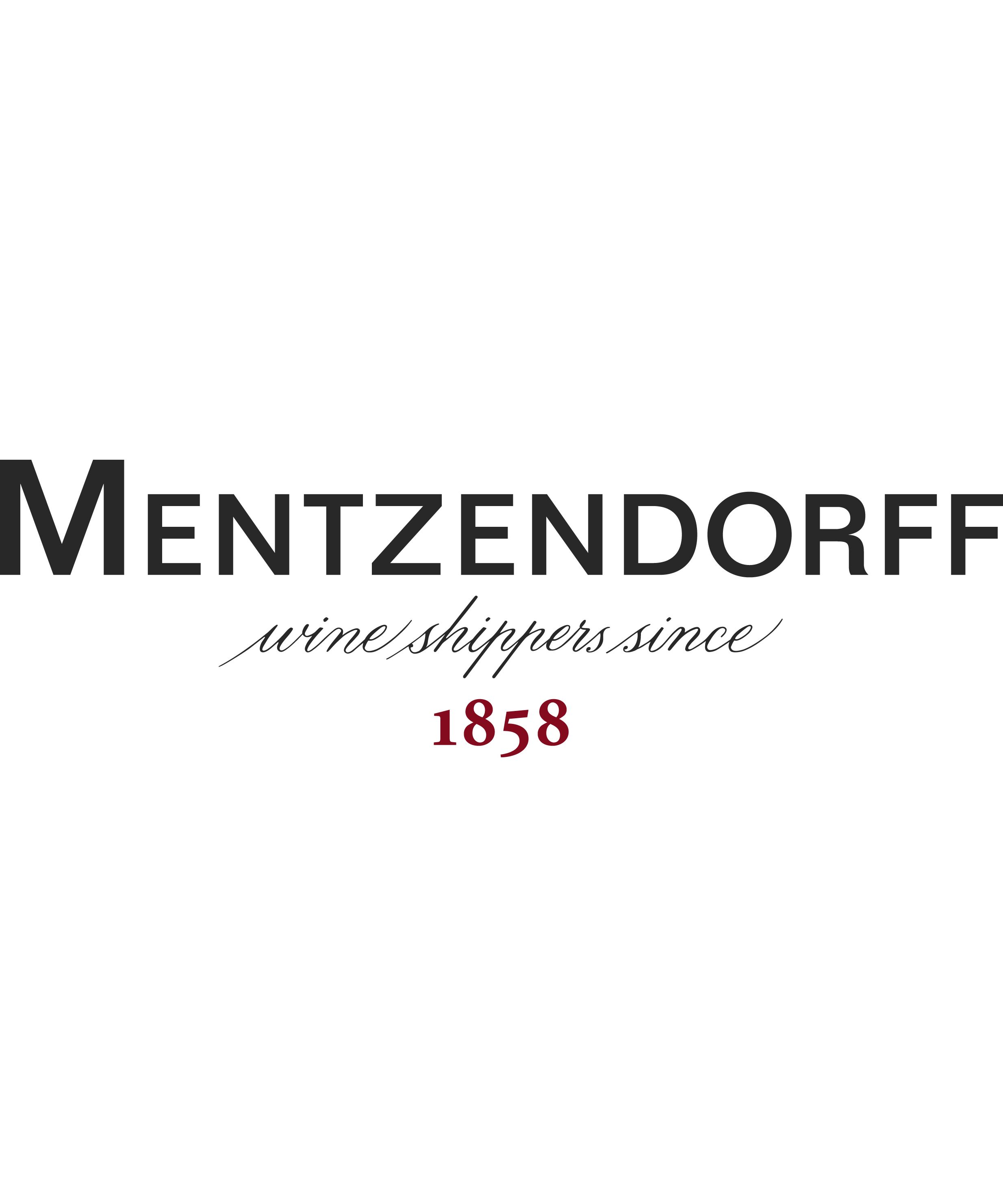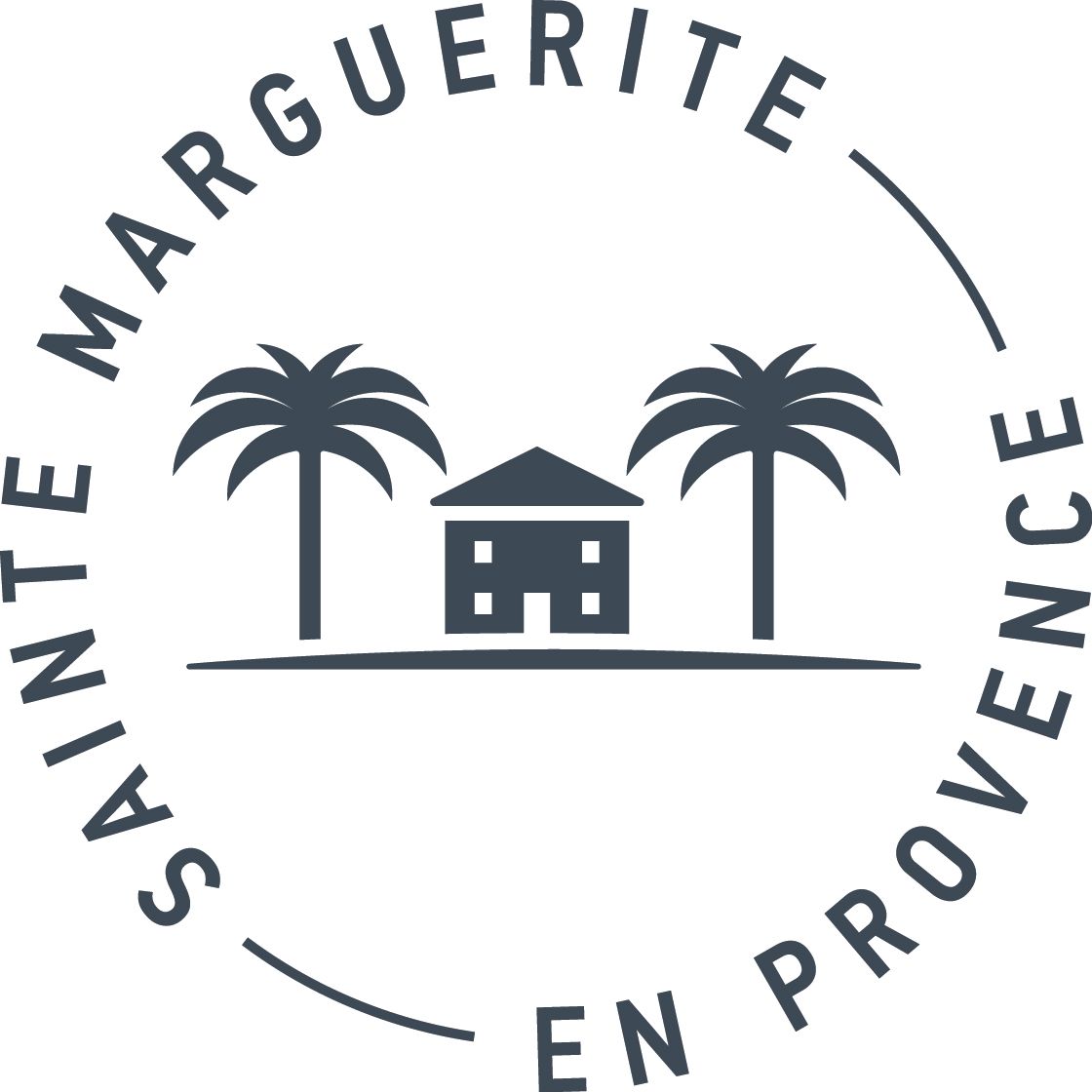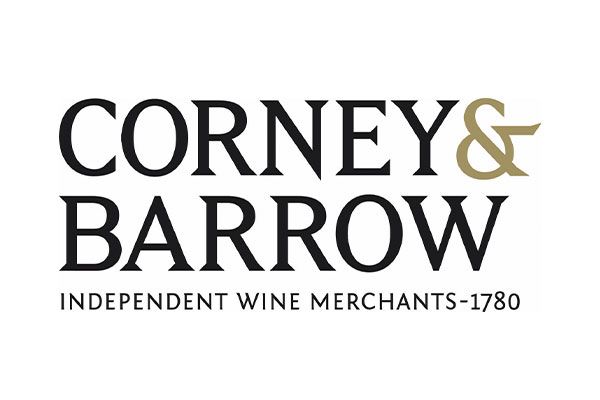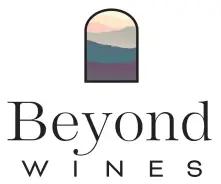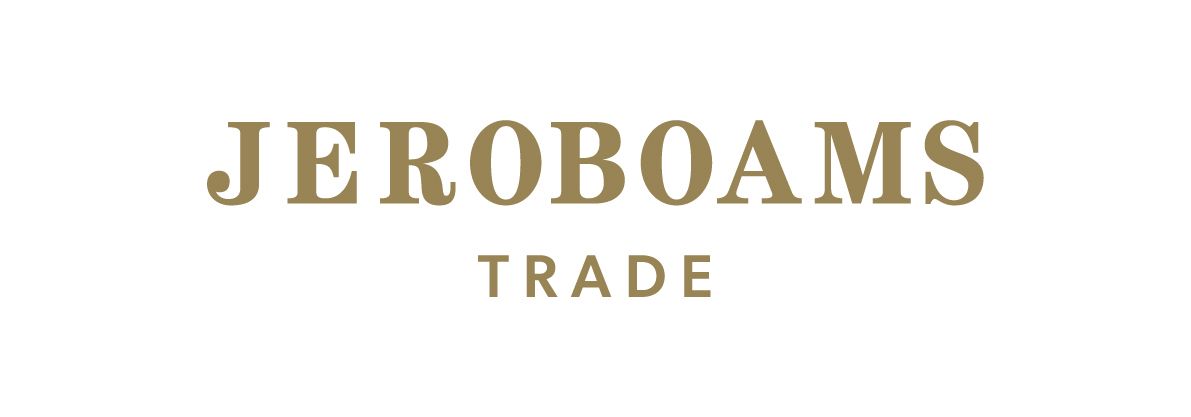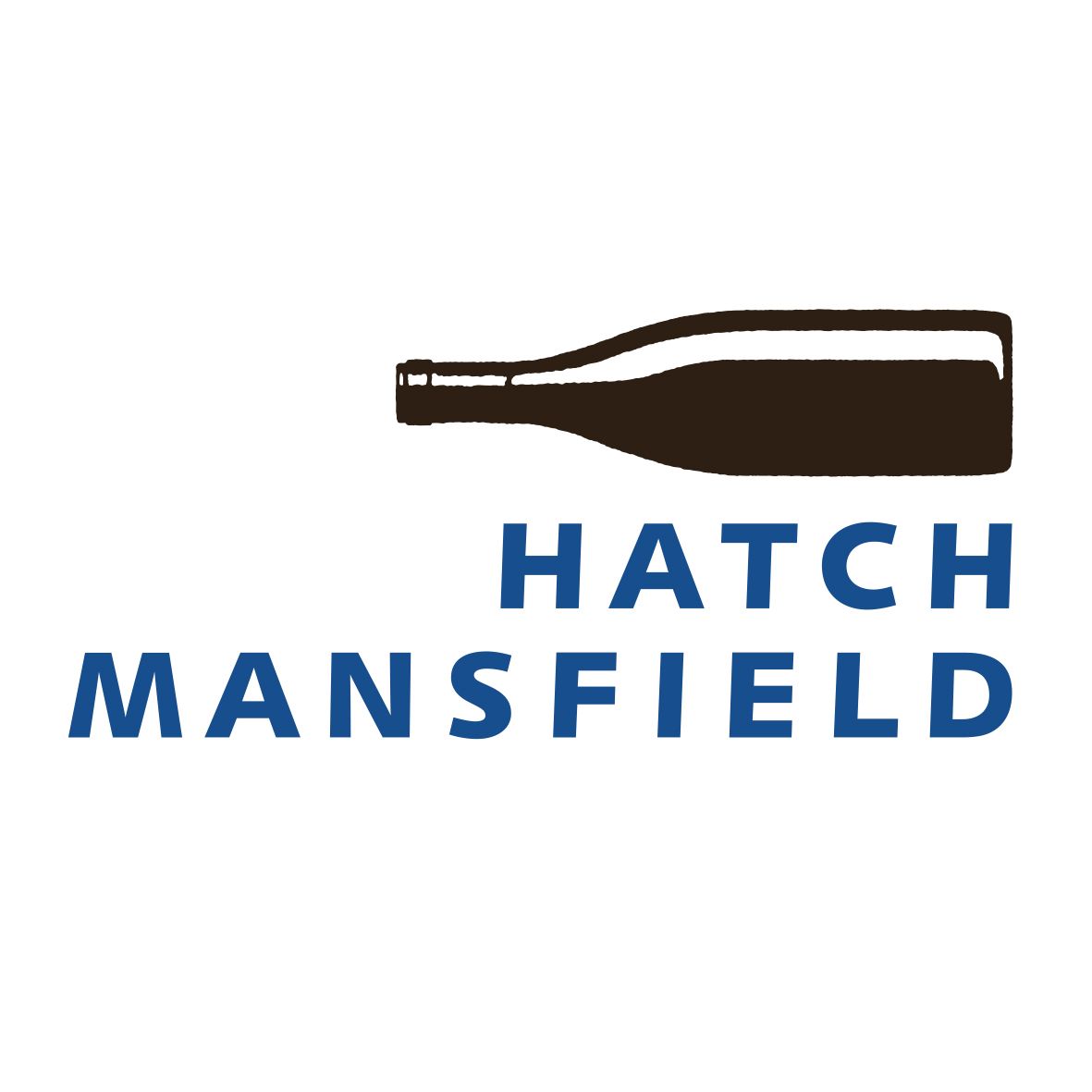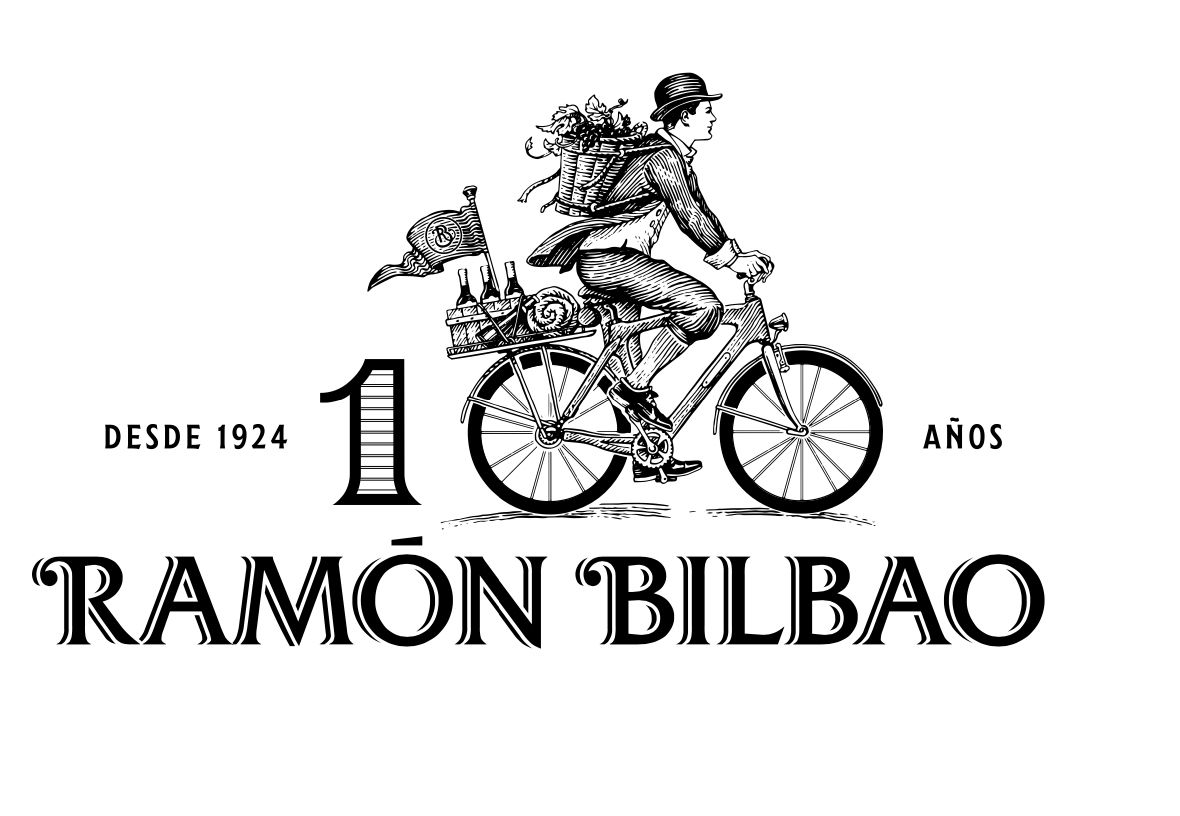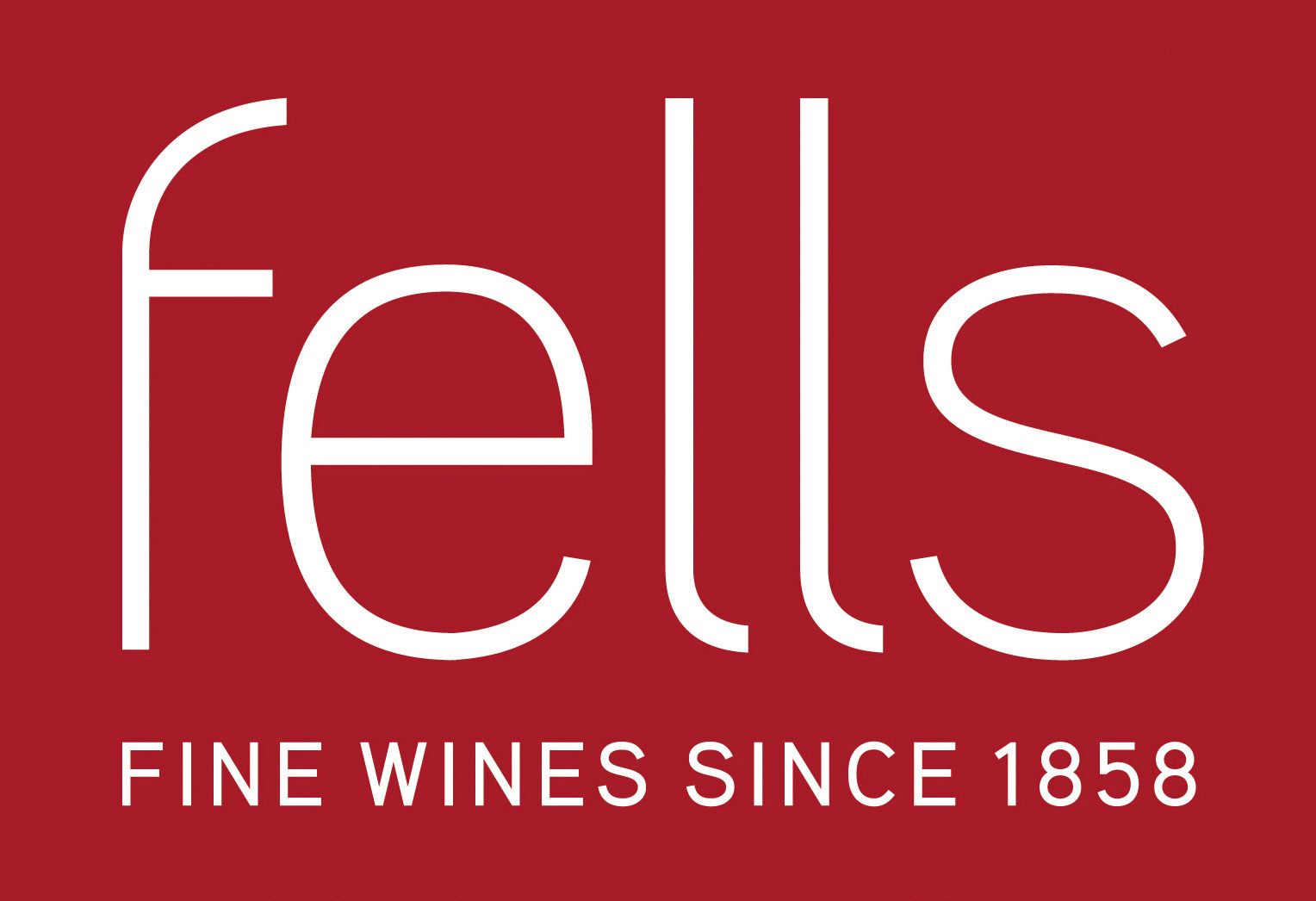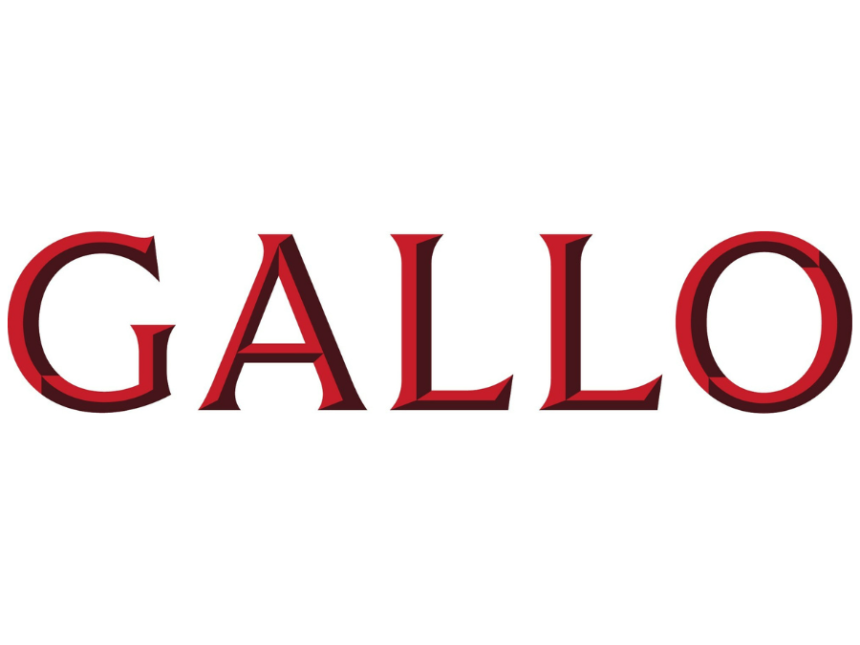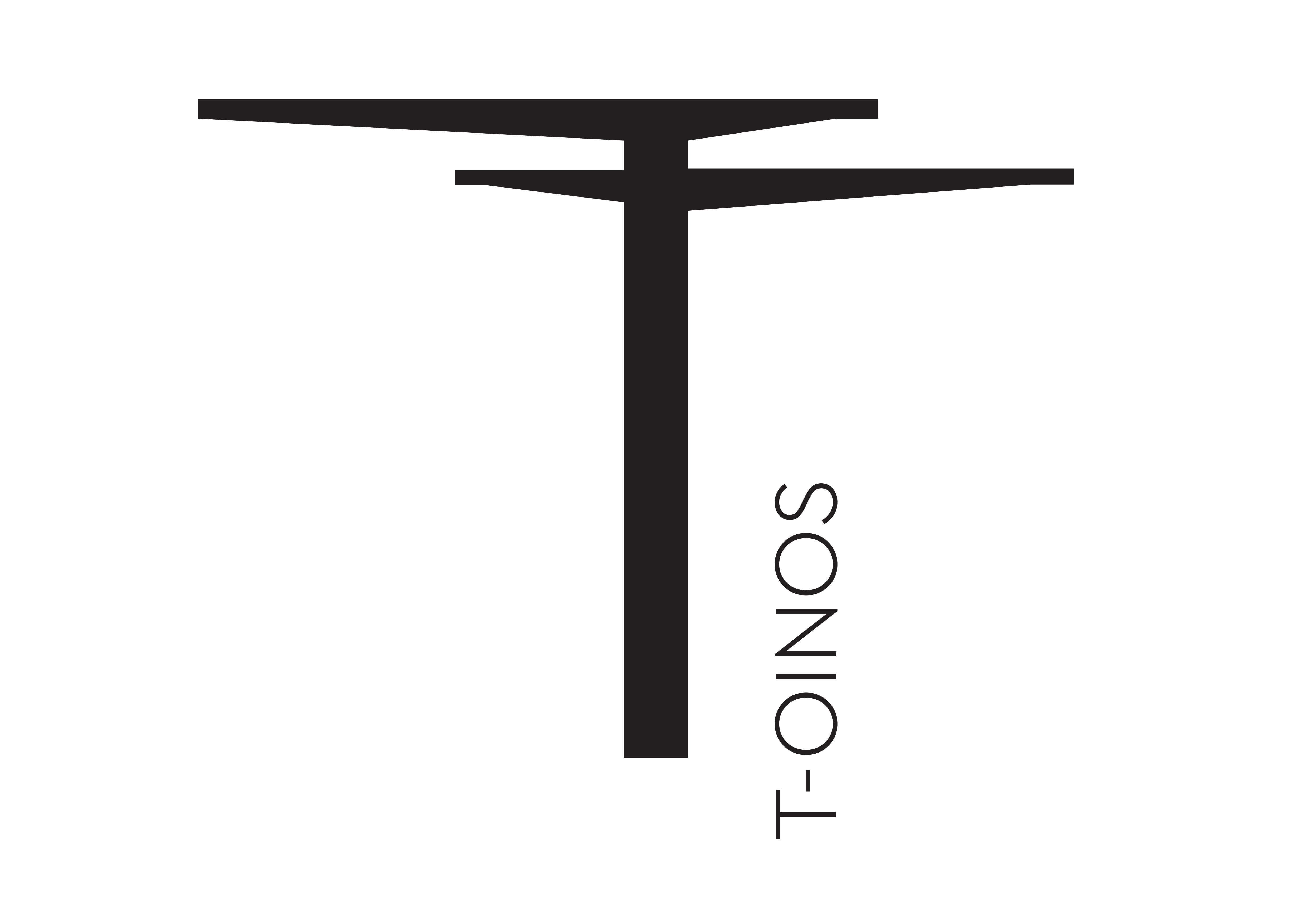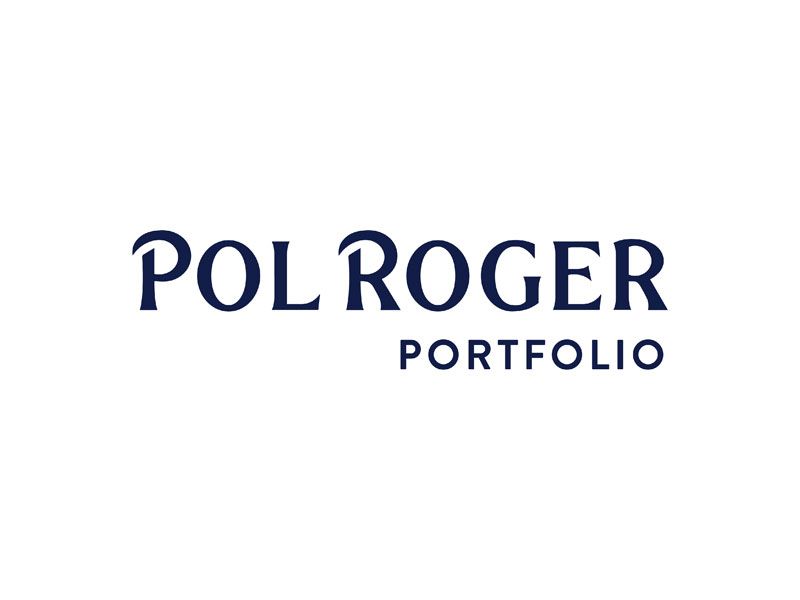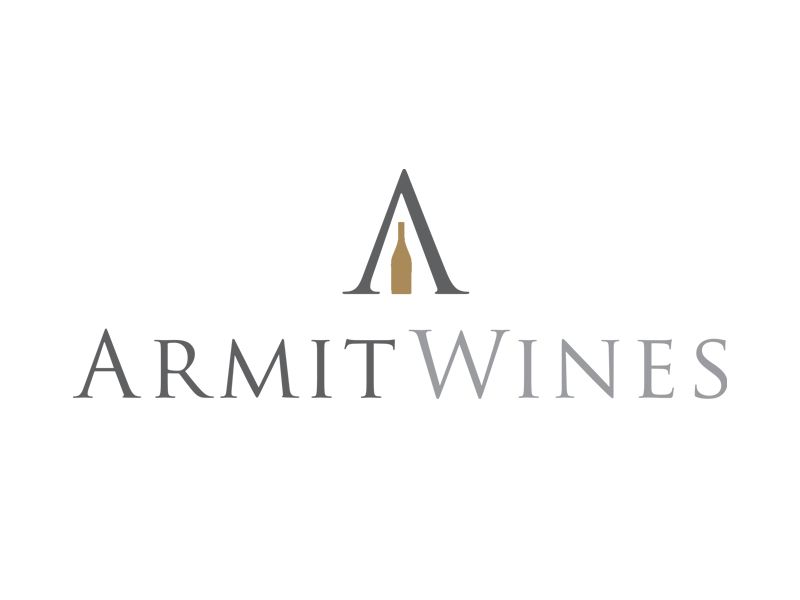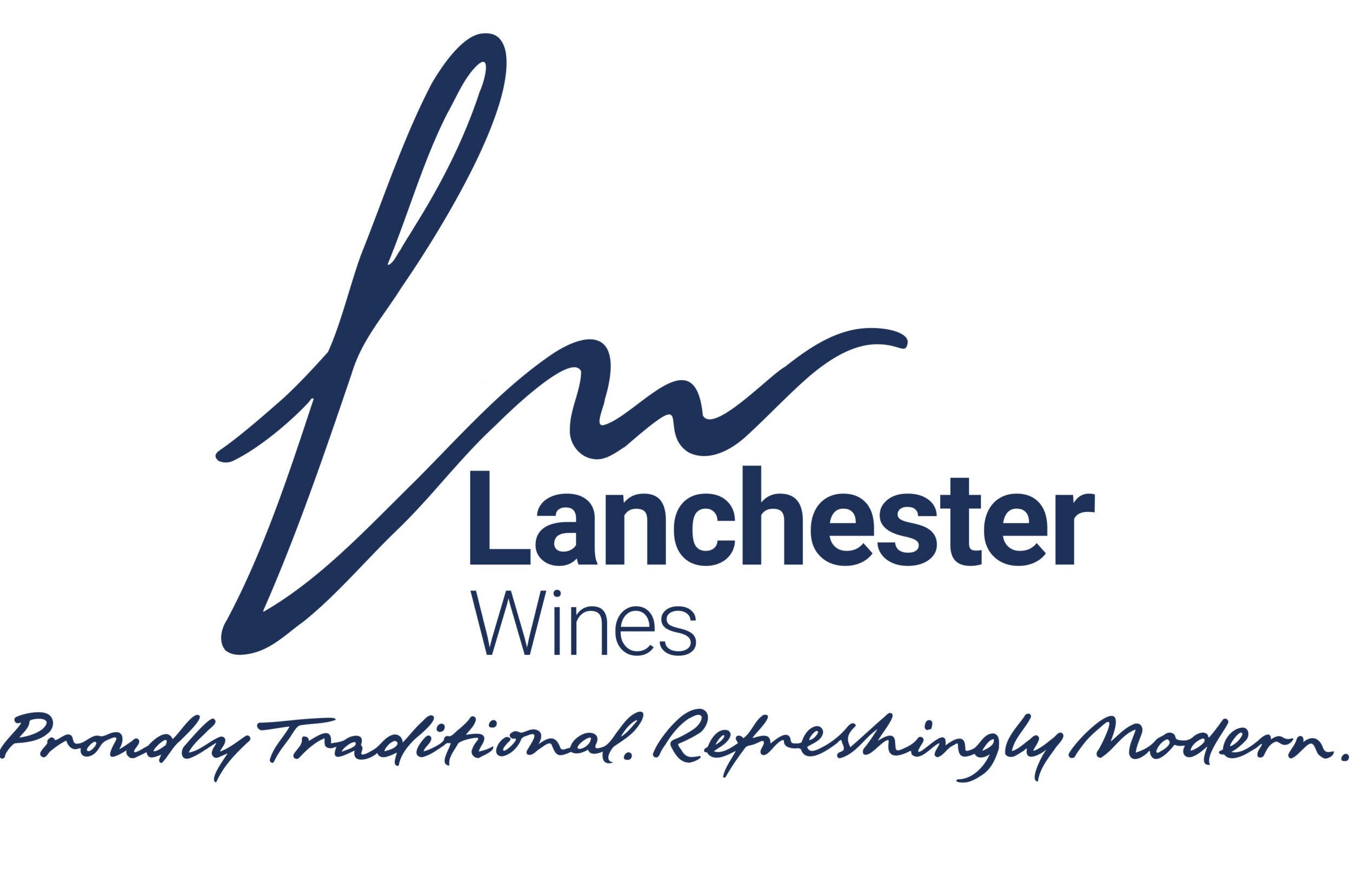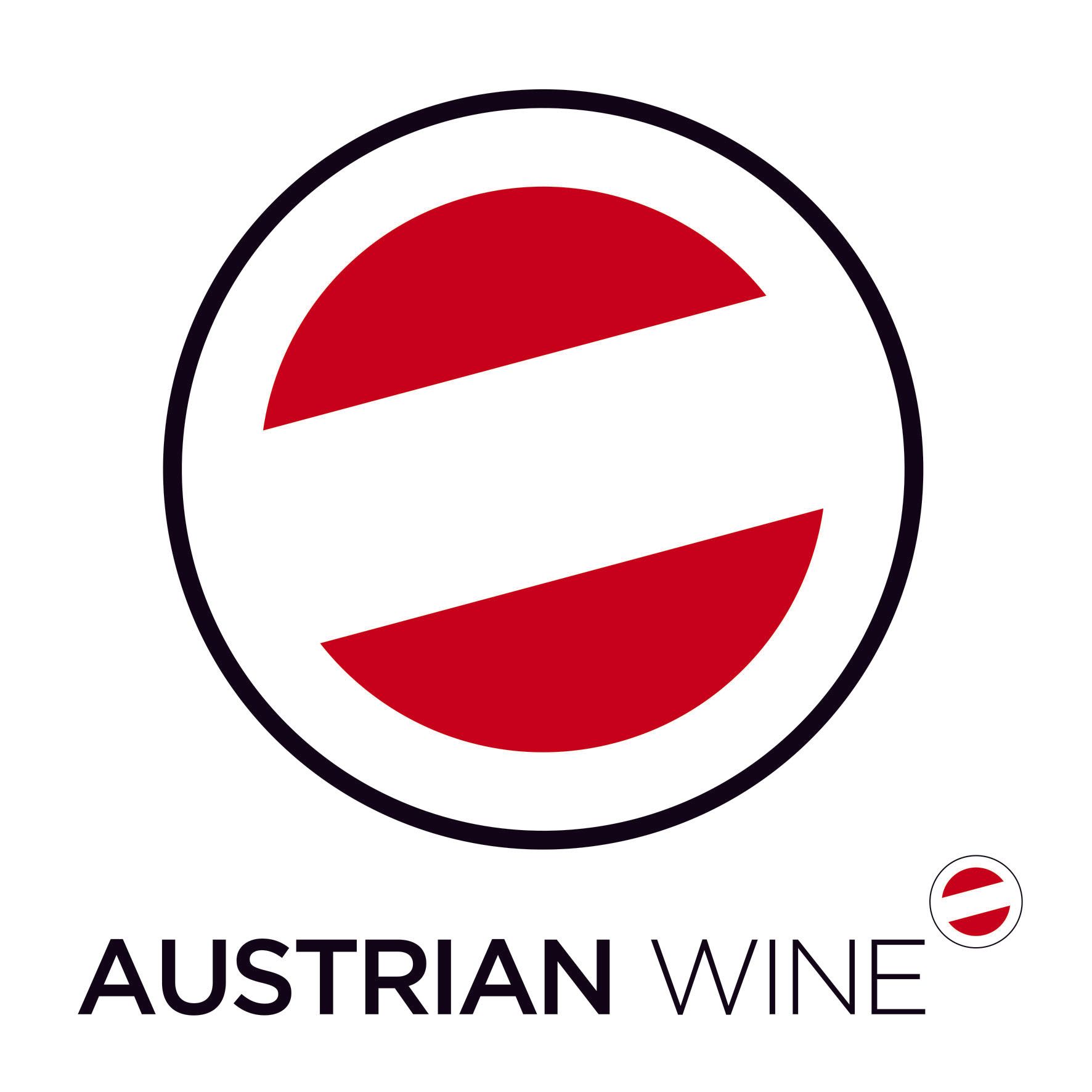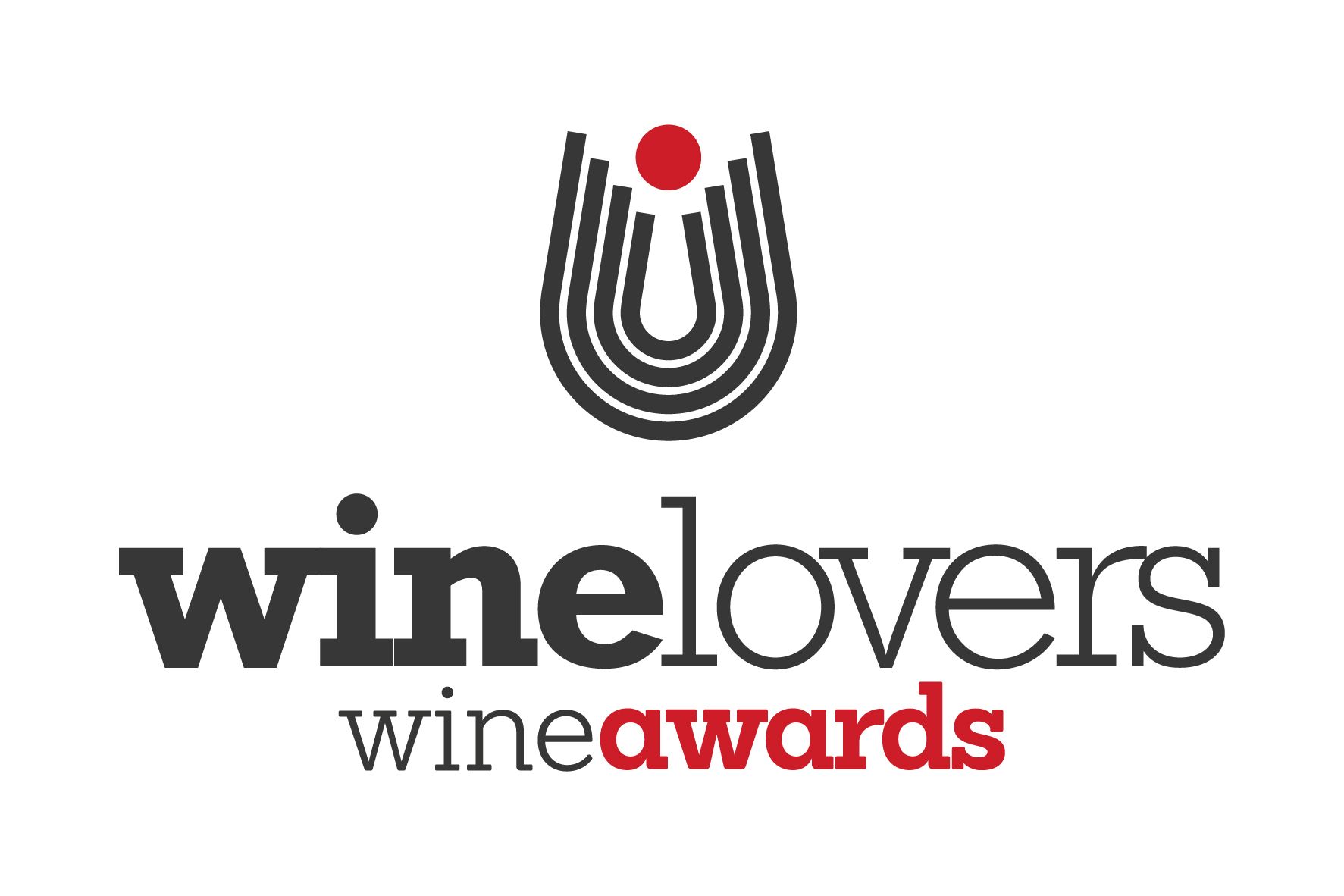“The desire for Encruzado we are witnessing is wonderful, but I do worry it will turn out to be to the detriment of the other indigenous varieties of the Dão.”
Portugal is a country built on blends, so perhaps that explains why one of its most wonderful white grapes – producing wines that can rival some of the best Burgundy – is still something of an enigma.
Encruzado is indigenous to the Dão region, in northern central Portugal. It is planted virtually nowhere else in the country and, unlike its celebrated red stablemate Touriga Naçional, it doesn’t appear to have made its way anywhere else in the world either.
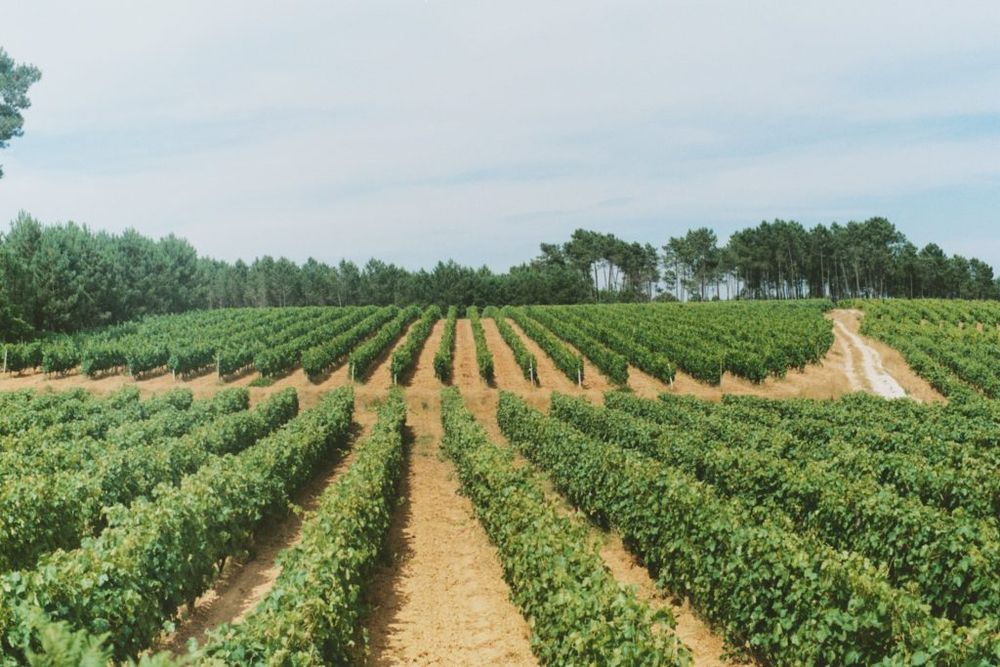
The Dão offers Encruzado a natural amphitheatre for a home. The winters are cold and wet, the summers hot and sunny.
The region, accounting for around 10 percent of Portugal’s wine production, has a long history of field blends, so the story of Encruzado is a complicated one: its presence was first recorded in 1865, as ‘Salgueirinho’, but it was only properly identified as Encruzado in the 1940s, and it was the 1990s before it became a significant single varietal wine.
Dão offers Encruzado a natural amphitheatre for a home. Locked in by mountains, which form a natural barrier to the worst excesses of the Atlantic on one side, and to aggressive continental winds from nearby Spain, the winters are cold and wet, the summers hot and sunny. Altitude is also a factor, with most vines planted between 400 and 500 metres, but some as high as 800, resulting in a significant diurnal range in temperatures, supporting the grape’s strident acidity. Soils are mostly a mix of granite and sand, so the wines are also famed for their mineral depth.
“In summer, temperatures can go from 35 degrees to 15 degrees overnight,” says Beatriz Cabral de Almeida, chief oenologist at Sogrape’s Quinta dos Carvalhais, “so the vines refresh during the night, the natural acids do not burn, meaning we get natural acidity that you can feel in the wines which offers them huge ageing ability.”
Dão won its DOP status well over a hundred years ago, in 1908, but its reputation suffered dreadfully under the Salazar dictatorship which imposed a network of co-operative wineries, pernicious purveyors of plonk that were only disbanded after Portugal joined what is now the European Union in 1986. Those ‘wilderness years’ could also explain Encruzado’s late blossoming in the wine world’s consciousness, as the likes of Sogrape and Global Wines have invested in the region to champion and develop its indigenous grapes.
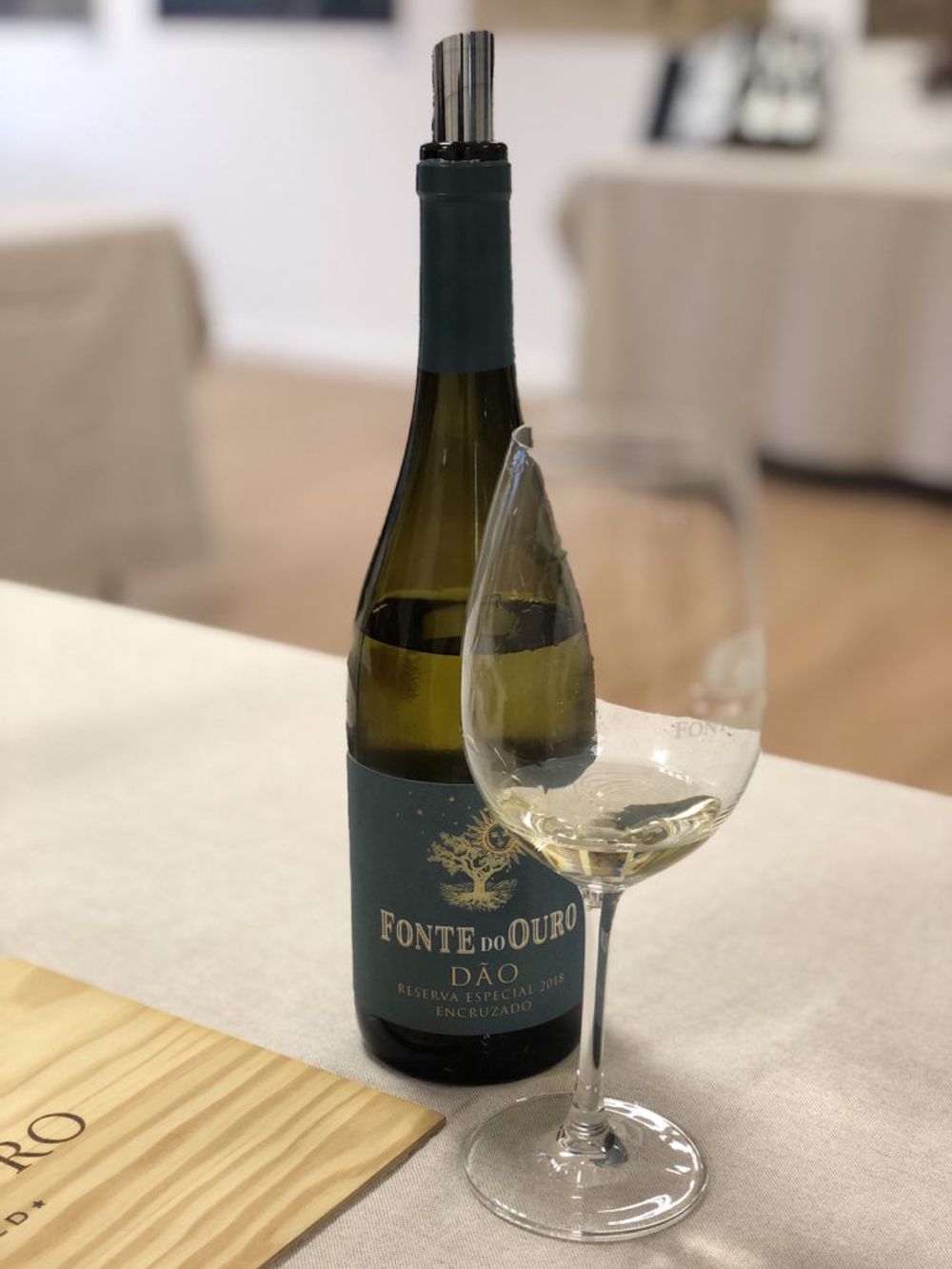
It is tempting to say that Encruzado has much in common with Chardonnay – a natural affinity with oak and an openness to being melded by a winemaker – but this is no vinous doppelgänger, it has some distinctive qualities all of its own which must relate to its surroundings. Dão is absolutely plastered with pine trees (it suffered horribly in the wildfires of 2017) and it cannot be a coincidence that the grape offers fresh pine needle on the nose and a resinous pine quality on the palate, alongside elegant floral notes, bright citrus acidity and a life-affirming wet stone character.
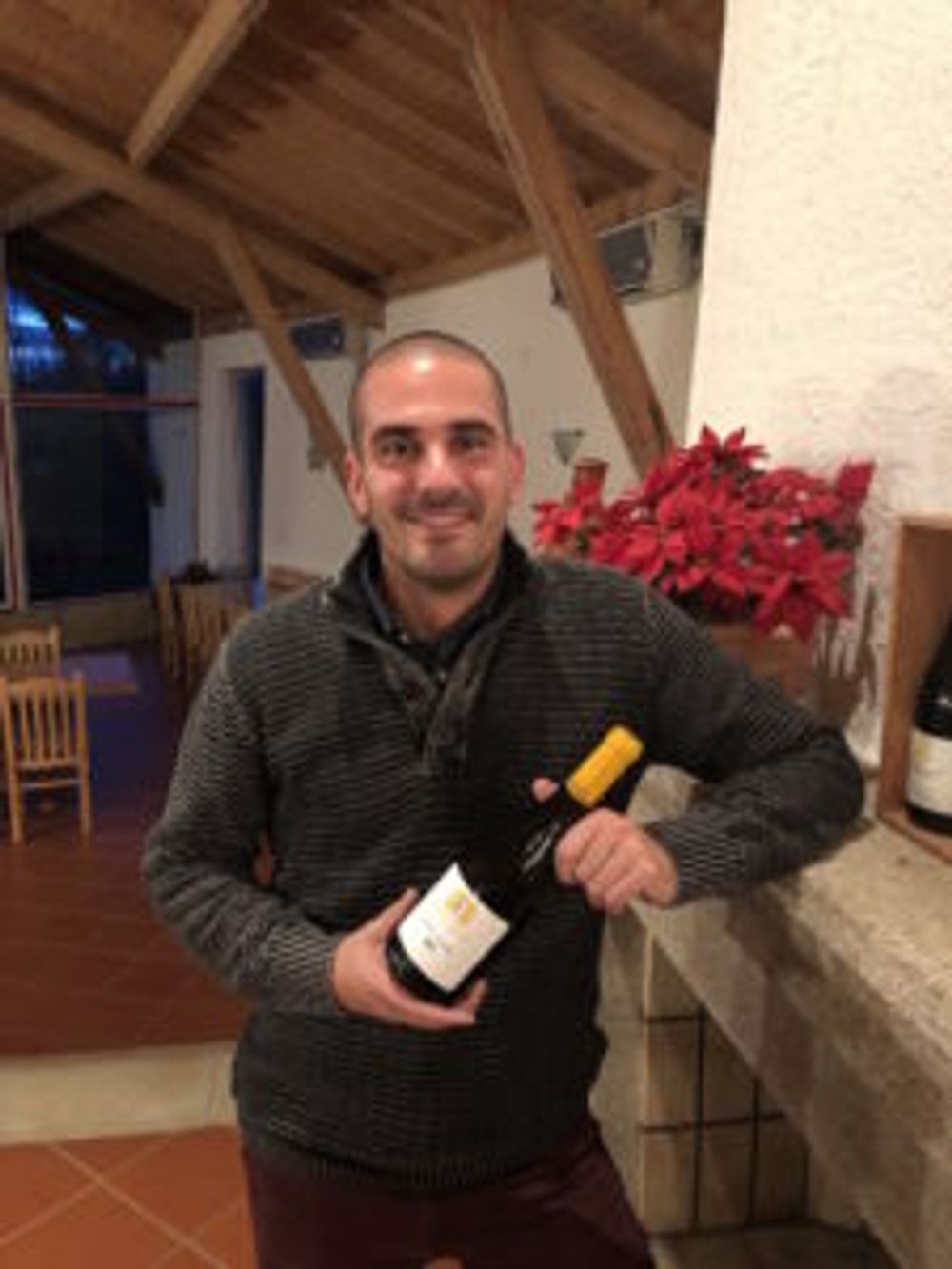
Encruzado does not travel well: José Lourenco at Quinta dos Roques
For all its ebullient charm, Encruzado has its foibles: it requires careful canopy control to avoid sunburn, is prone to oxidisation and reputed to have a ‘dumb period’ in the first few years of its life. “It is very good when young, but then you must wait 3 to 5 years for it to rest and reach its potential” says Cabral de Almeida, “we have to be disciplined, waiting to release the wines”.
The grape does not travel well, which might explain its absence everywhere else. “It does not maintain its distinctive profile outside the Dão”, explains José Lourenço, whose father Luis was one of the first to produce a single varietal Encruzado at Quinta dos Roques.
As with Chardonnay, there is some debate around the optimum level of oak for Encruzado. “Once it hits the oak, it always gains a bit of tropical character,” Lourenço says, “but it must always be very tight-grained oak, always French, and never too much.”
At Quinta dos Carvelhais, Cabral de Almeida takes a similar approach: “we have a rule that we will only use enough oak to bring subtle aromas,” she says, “which is why we maintain most of the blend in stainless steel.”
Although white wines only account for around 20 percent of the region’s output, plantings of Encruzado are unsurprisingly on the rise in Dão, as the region fully wakes up to the potential for its indigenous superstar. “We have a diamond that we can sculpt,” says Cabral de Almeida, beaming with pride.
Looking to the future, Lourenço sounds a counter-intuitive note of caution, adopting a furrowed brow: “the desire for Encruzado we are witnessing is wonderful, but I do worry it will turn out to be to the detriment of the other indigenous varieties of the Dão.”
Mr Vinosaurus’ Encruzado top 10:
Quinta dos Carvalhais Encruzado 2018 (imported by Liberty Wines), 100% Encruzado, a blend of four different sites, half of it vinified in steel, half in French oak, with around 25% of it new. Fresh apple blossom, pine needles and pink grapefruit, tense, with a satisfying mineral finish.
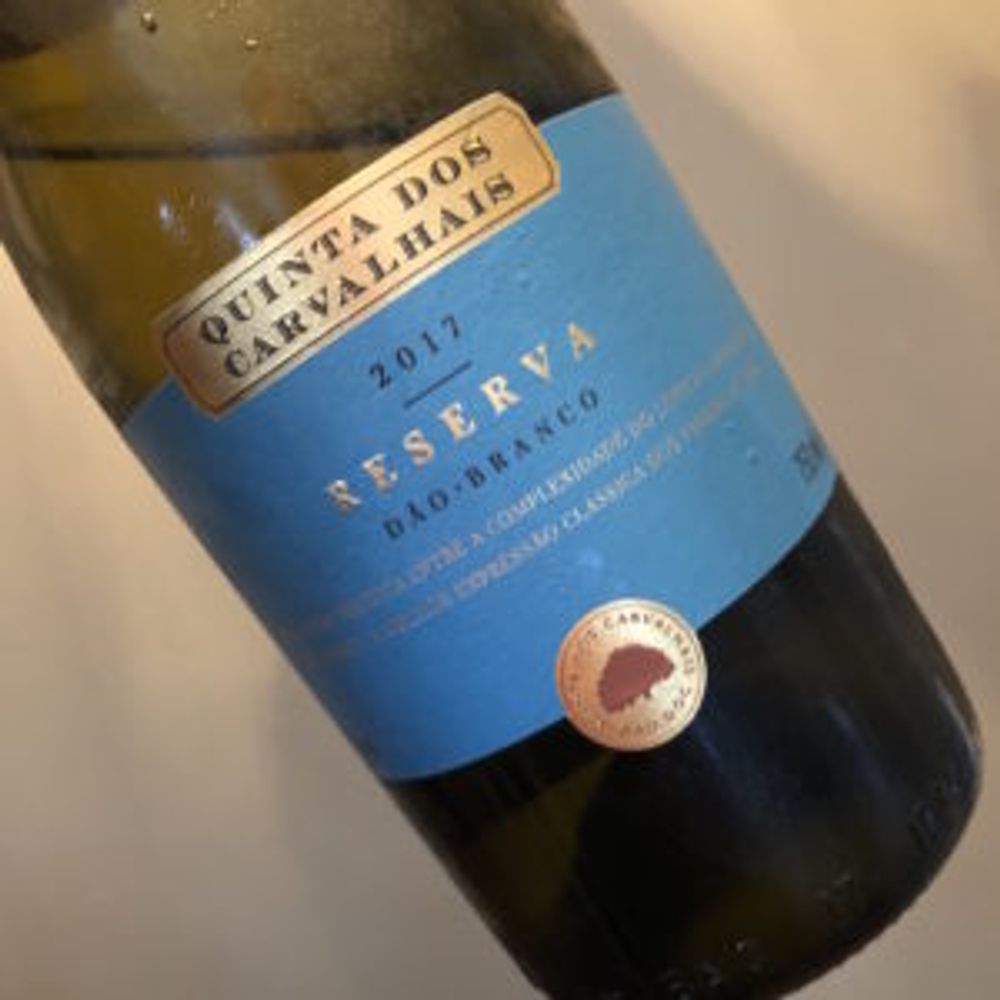
Quinta dos Carvalhais Branco Reserva 2017 (imported by Liberty Wines), 75% Encruzado, 25% Gouveio, with 24 hours skin contact, to “replicate what the old man used to make” according to Cabral de Almeida. Crisp green apple leads into a rich tropical fruit character, with the structure firm to the finish.
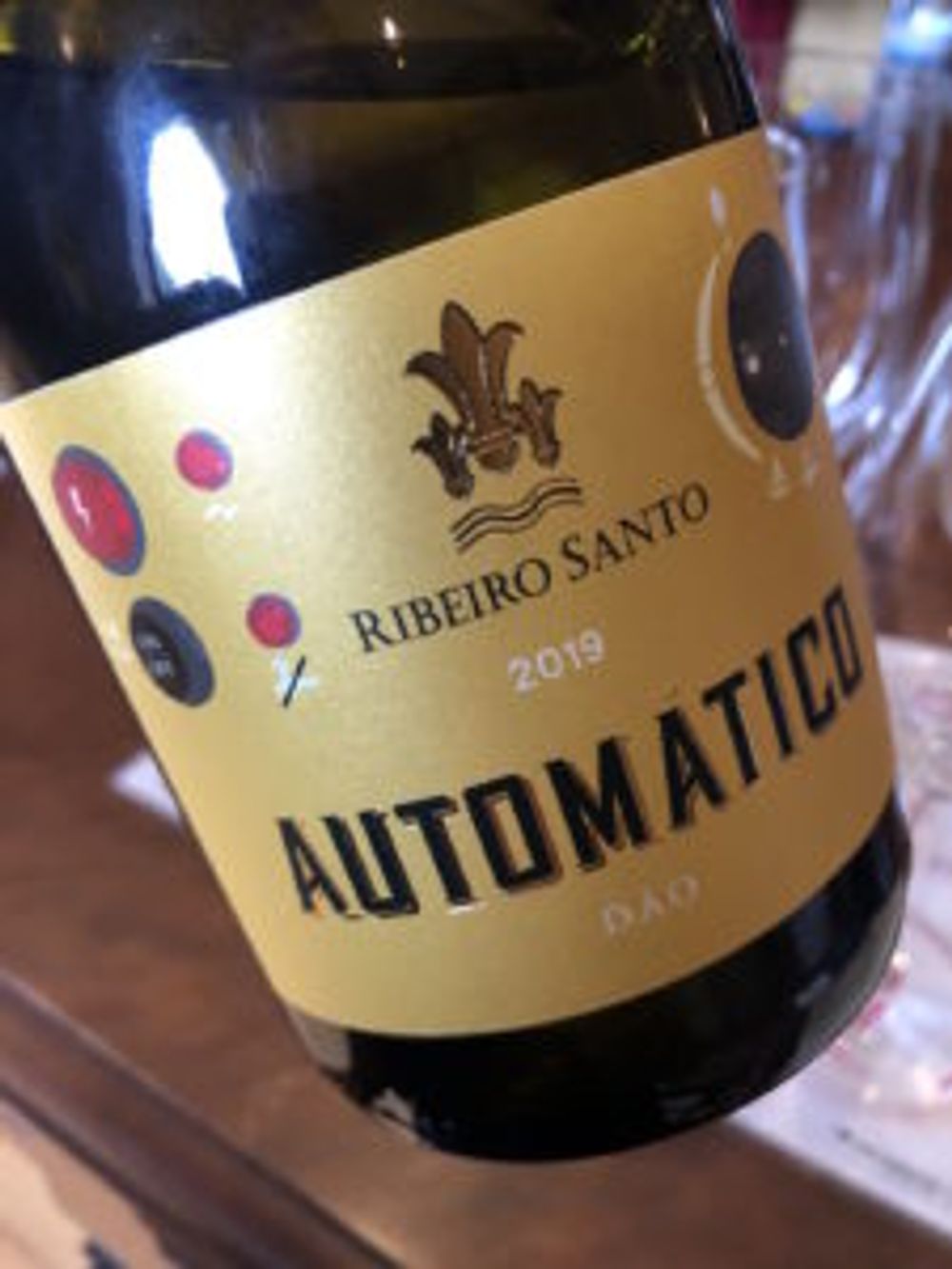
Ribeiro Santo ‘Automatico’ Encruzado 2019 (imported by Clark Foyster), a vibrant expression of the grape ‘as it comes’, without any oak. Flinty, Chablis-like, with crisp green apple, grapefruit, lemongrass and pine needles.
Quinta dos Roques Encruzado 2017 (imported by Raymond Reynolds), from a pioneer of single variety Encruzado, citrus and orange blossom on the nose, with buttery, tropical notes from the 50% of the blend in oak. Tightly structured and long.
Villa Oliveira, Casa da Passarella Encruzado 2016 (imported by Enotria&Coe), with some skin contact during fermentation and 9 months in a mix of new and used Hungarian oak, a complex wine with layers of fresh grapefruit, lemon curd and baked apple and a delicious saline finish.
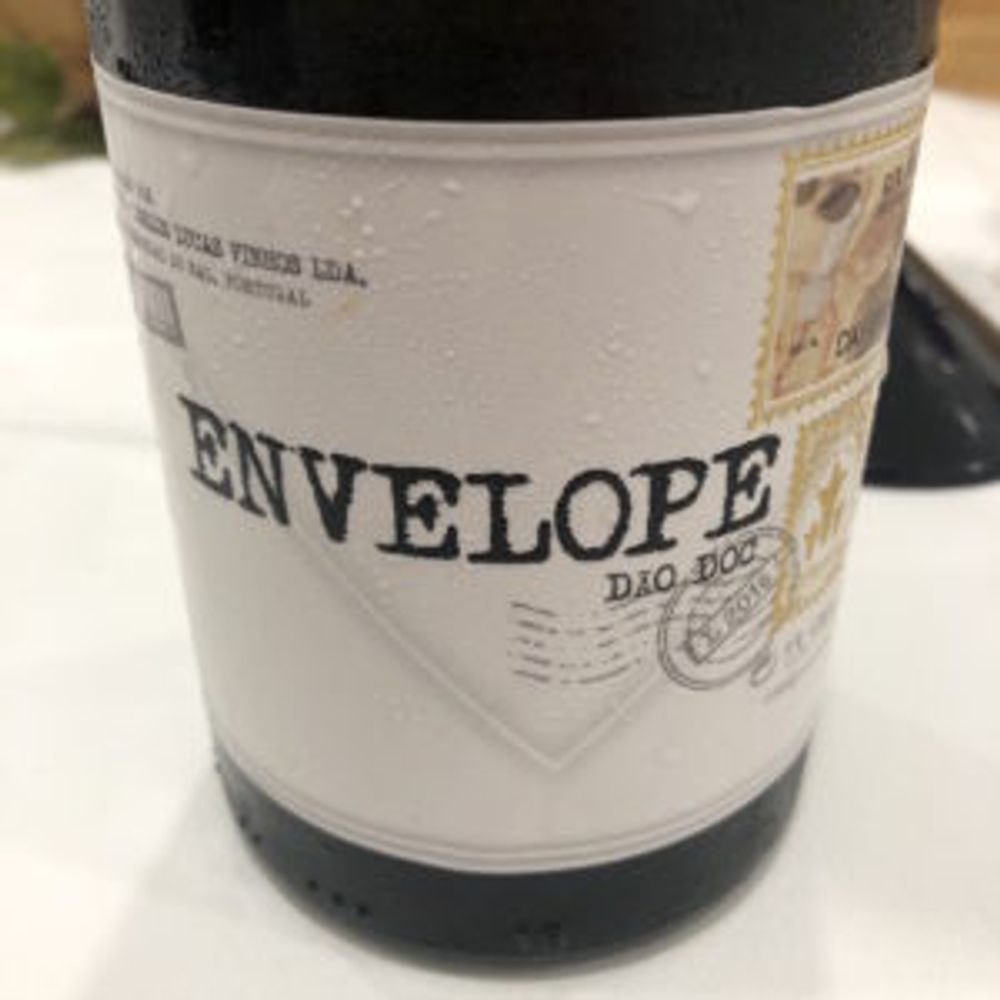
Ribeiro Santo ‘Envelope’ Encruzado 2016 (imported by Clark Foyster), described by winemaker Carlos Lucas as “a message” from him, this luxurious wine is fermented on lees (including some from the previous year) in 500 litre untoasted barrels, offering textured golden delicious apple, lemon pith, charred pineapple, rounding off with a delicious salinity.
Pedro Cancela Encruzado 2018 (imported by Amathus Drinks), young, fresh, made for early drinking, with bright apple blossom, pithy citrus, and layers of tarte tatin.
Fonte do Ouro Special Reserve Encruzado 2018 (no UK importer), creamy, rich and complex, with apple crumble and a beautiful, precise mineral finish.
Quinta da Mariposa Encruzado 2017 (imported by Alliance Wines), fresh lemon zest, crunchy green apple and a toasty note of vanilla pod, all revolving around a cool mineral core.
Quinta do Perdigao Encruzado 2018 (imported by Portuguese Vinhos), certified organic, from an artist, who creates the beautiful label artwork, and her architect-cum-winemaker husband. With red apple, quince and firm peach, vibrant acidity and a firm mineral finish, it is a lovely fresh expression of incredible Encruzado!
David Kermode is a writer, wine host and regular broadcaster with BBC Radio and is the founder of vinosaurus.co.uk

